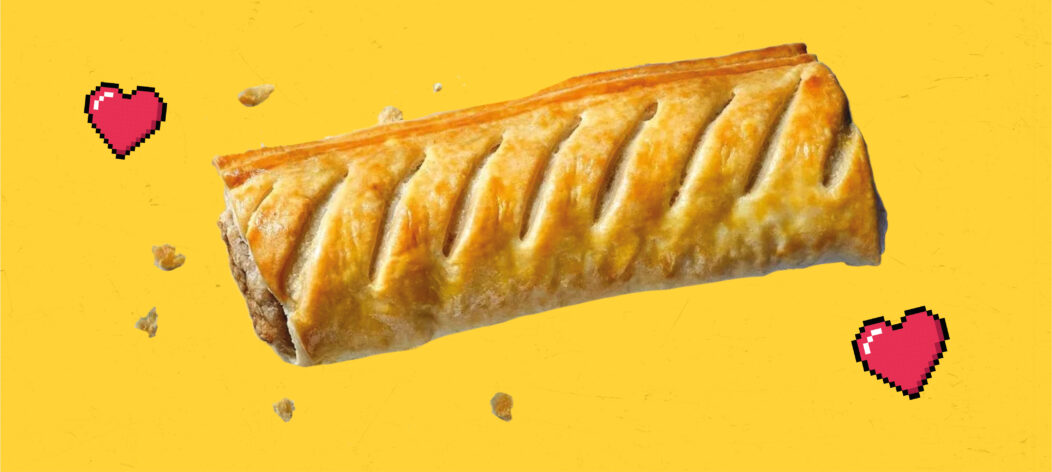

By Jamie Fewery
There was a podcast a few years ago called The High Low, presented by Pandora Sykes and Dolly Alderton. It mainly covered popular culture, fashion, books – that sort of thing. I was an occasional listener. The chat was fun and interesting; they had good guests. It was decent. But the one thing that sticks in my mind about it is its founding mission to cover the highbrow and the lowbrow, the trivial and political, the playful and the profound.
I loved that approach because it’s something I too firmly believe is essential to living an interesting, culturally rich life. If you bob around only engaging in the highbrow, then you’re immersing yourself in the very best of art, literature, and intellectual conversation. But you’re also missing out on a huge part of life that has just as much value as the rarefied air you’re used to breathing. You’re also probably very boring at parties.
Similarly, if you engage only in lowbrow guff, your cultural radar may constantly ping on the zeitgeist. But your experience of the world will be pretty thin. And yes, you also will be very boring at parties.
I’d say it’s for these reasons that I personally take care to connect with the high and the low. But that wouldn’t be true. The reason I do it is because I genuinely enjoy both sides of that divide in almost every aspect of life I can think of.
I’m an avowed music snob who wears a Replacements t-shirt to work in the hope that people will ask who they are. But the most played songs right now on my Spotify are “Defying Gravity” and “HOT TO GO!”.
I love a great American novel that’ll require day upon day of deep reading, and will drop it like a hot stone to scour through the latest celebrity tittle-tattle in the PopBitch mailer.
There’s nothing that makes me happier than a well-cooked meal in an excellent restaurant, except maybe a bag of Scampi Fries in a pub with tables so sticky the bag adheres to them.
The high/low isn’t a philosophy so much as it’s a way to enjoy the very best of life wherever it may show up.
Now here comes the marketing pivot – drum roll…
Good brands don’t just understand this; they embody it. And for the very best example of that, we need look no further than every high street, motorway service station, and business park in Britain. Our contemporary bastion of low gone high: Greggs.
There is no world in which Greggs’ sausage rolls are the best sausage rolls going. They don’t produce those big ol’ heavily stuffed things surrounded by buttery pastry sprinkled with cumin seeds or furikake or whatever. They are not artisan. There is no claim to them being handmade.
Greggs’ sausage rolls are processed and proud. Mass-produced. Piled high and sold cheap. They are not much different from any other production line sausage roll you may find in Wenzels if you live in NW London, your nearest petrol station hot food counter, or Morrisons.
And yet, if you ask me where I’m going to get a sausage roll, nine out of ten times it’s Greggs.
Not to overintellectualise sausage rolls, but this is, at least in part, a triumph of marketing. Greggs has long understood its status in the UK baked goods category and has made a virtue of it in campaign after campaign. Whether it’s the Fenwicks window stunt sending up food snobs or turfing religious big shot Jesus out of the manger in favour of its own icon.
Greggs knew its product was low. And by persistently refusing to go high, it has made its sausage roll a British cultural icon spanning everything from leisurewear to those godawful songs by LadBaby – an unfortunate downside in an otherwise flawless piece of brand building.
There’s a lot B2B brands can learn from Greggs. For example, I have not once been given a decent doughnut by a SaaS company. But in marketing terms, chief among them is to embrace the low.
This may feel like a fun idea. We all want to be a bit Greggsy. But it may also feel uncomfortable.
The natural instinct of B2B is to go high. Just look at the language we employ time after time: transform this, leverage that, accelerate the other. We are preternaturally attracted to power and progression. Our elbows are always out. After all, “it’s executives we’re speaking to here.”
Crucially, half the time what we’re saying is not just a bit too inhuman; it’s exactly the same as what everyone else in the category is saying. So, by embracing your status within the category, you get the chance to say something genuine and to actually stand out.
Just think of the Avis rental car campaign of 1962 revolving around the line “we’re number two so we try harder.” It was honest – brutally so. It embraced the low by admitting that they were simply not as popular or well-used as the market leader, Hertz. And it was so good that half a century on, people still use it as the paragon of smart, true advertising.
There are other examples. Domino’s once made a campaign about its crust tasting like cardboard. Bing once campaigned on not being as great as Google. All of these told their audience that the brand was smart, self-aware, and working hard to improve.
In a world where white space in marketing is vanishingly small, brands should take whatever glimmers of it they can. So yeah, love the high. But make sure you also love the low.
The latest (and most useful) B2B insight, delivered to your inbox.
Publicis Pro needs the contact information you provide to send you the latest B2B insights. You may unsubscribe from these communications at anytime.